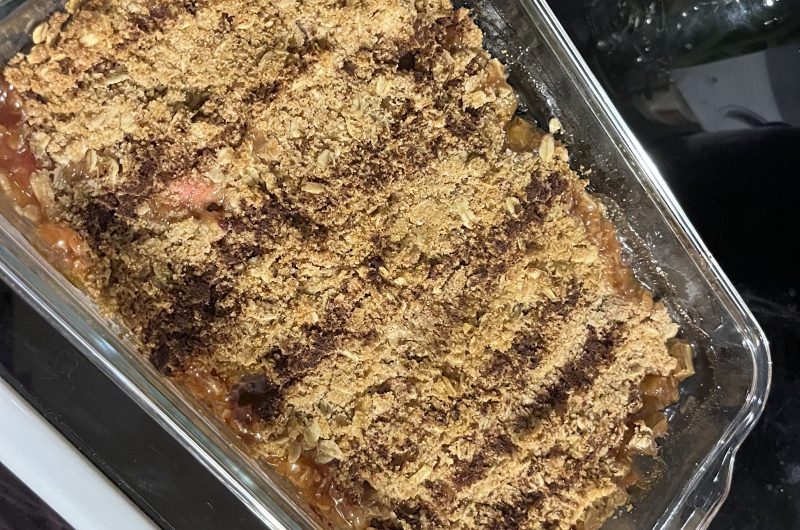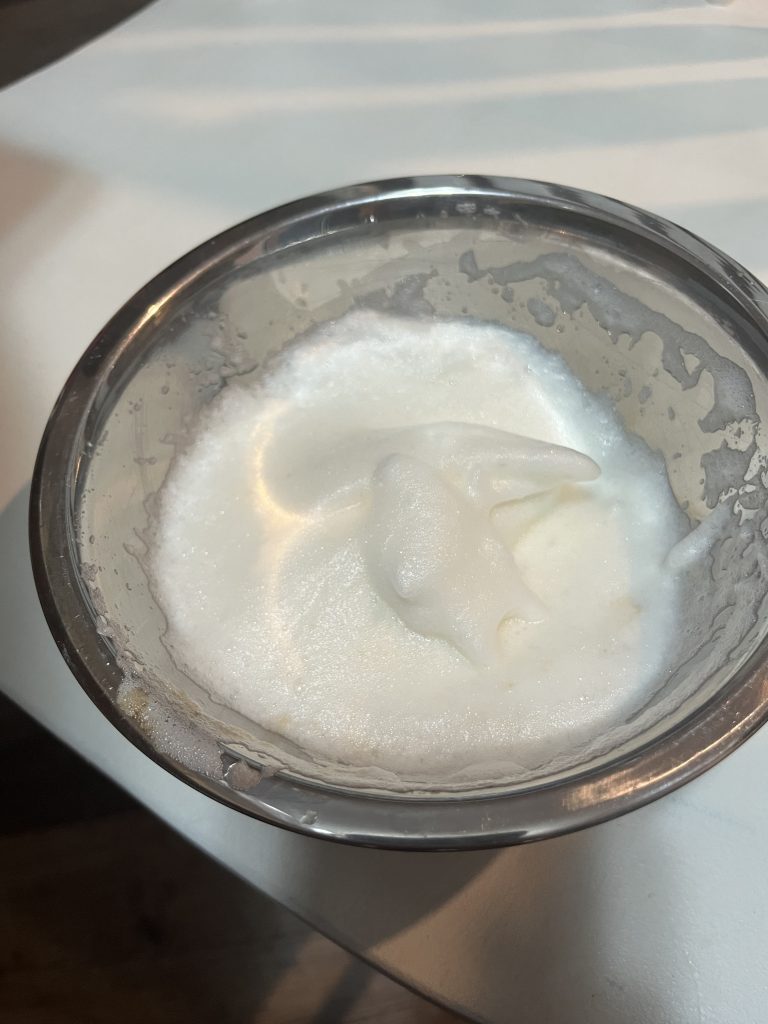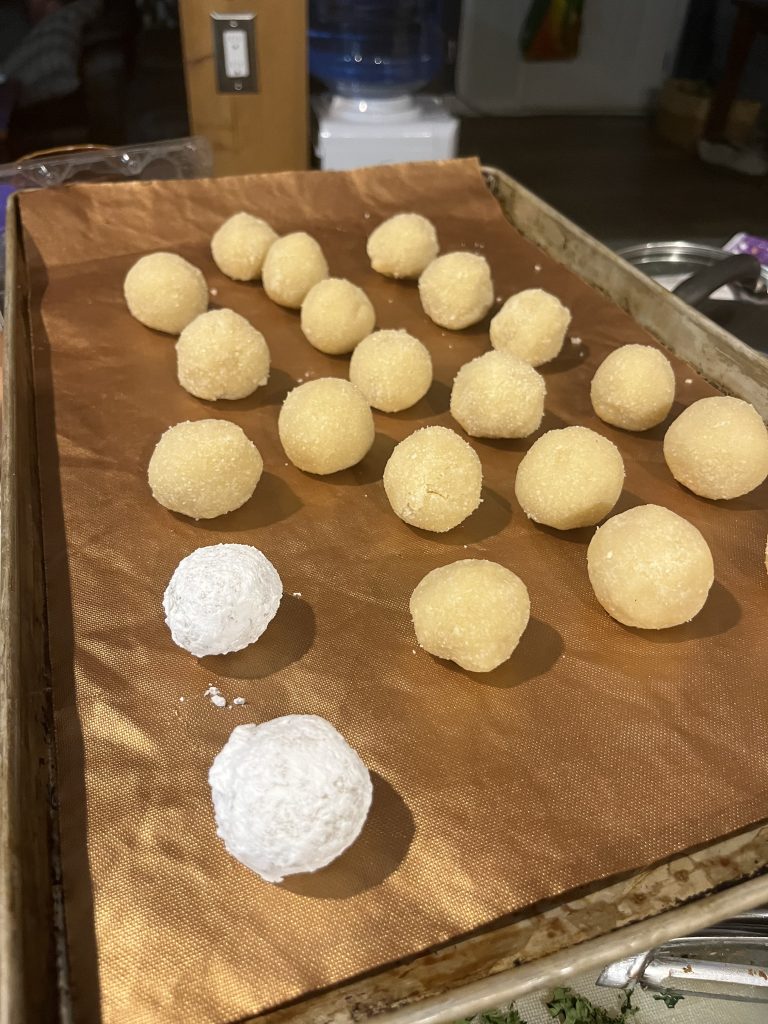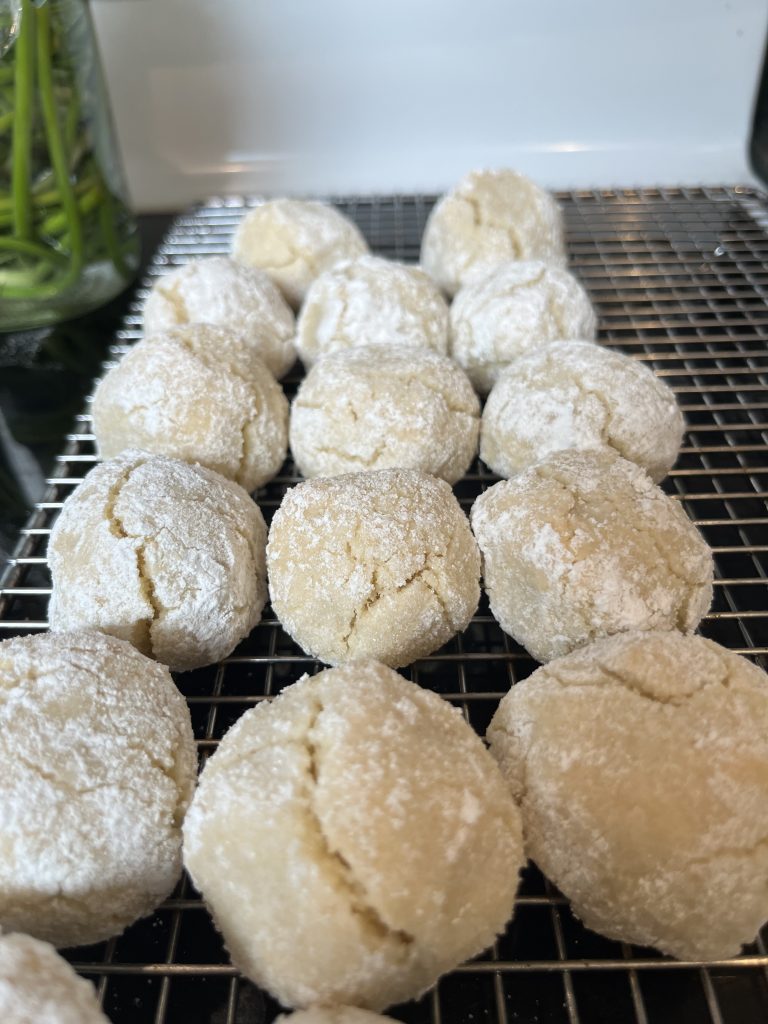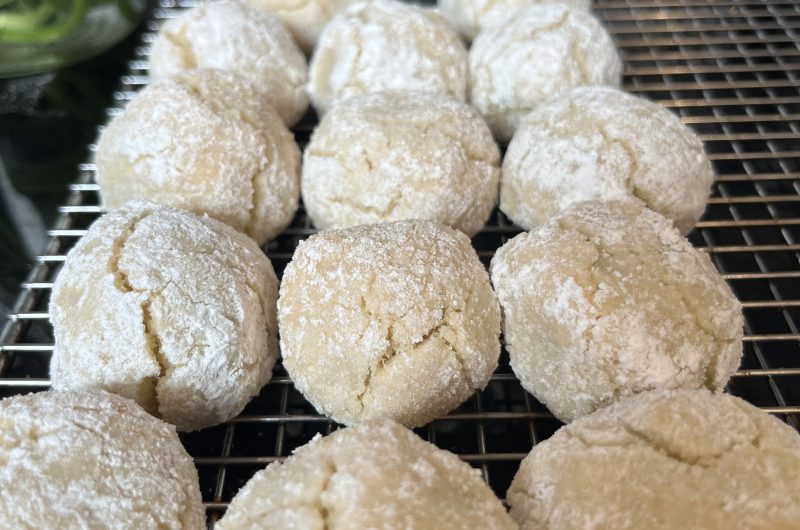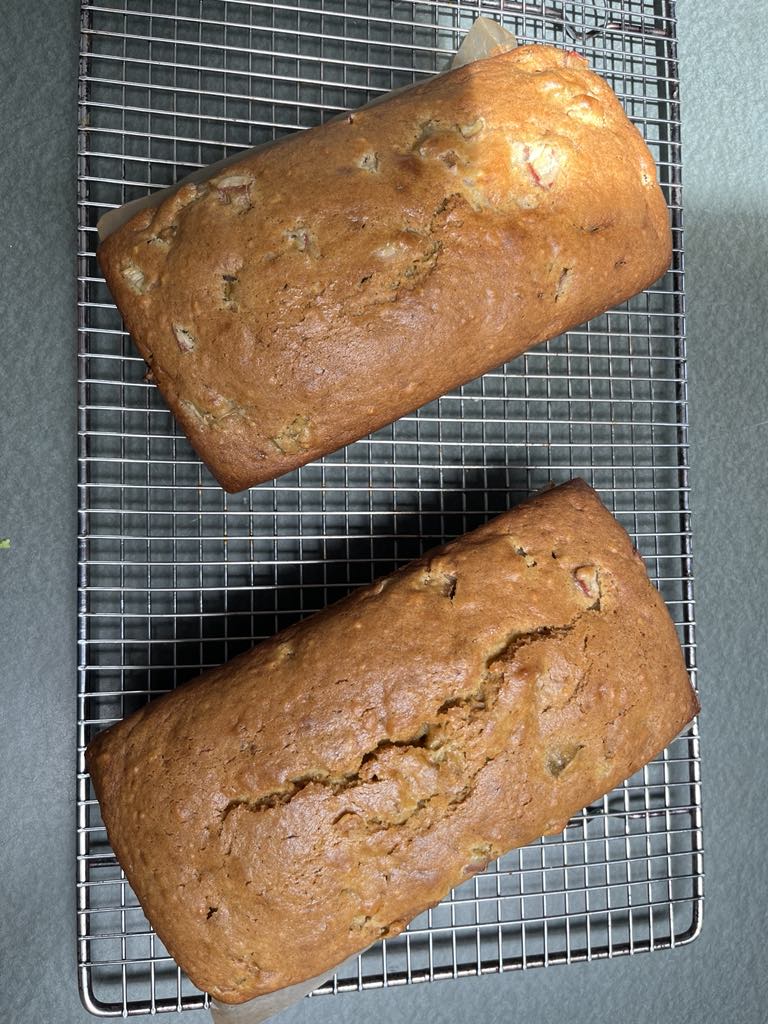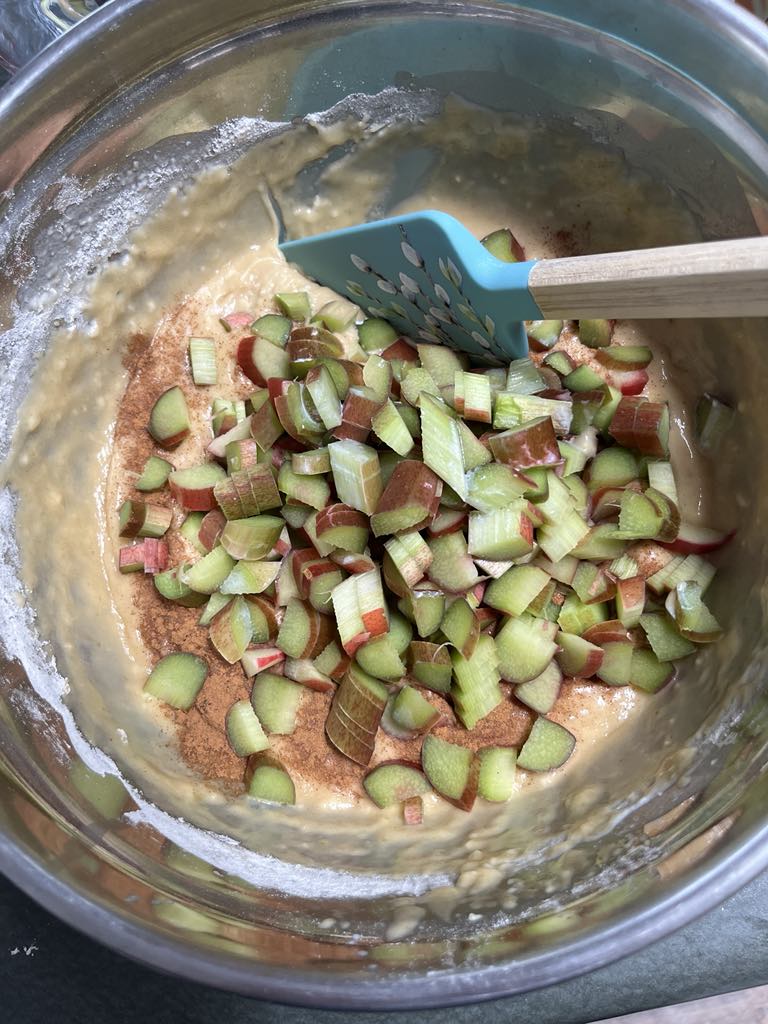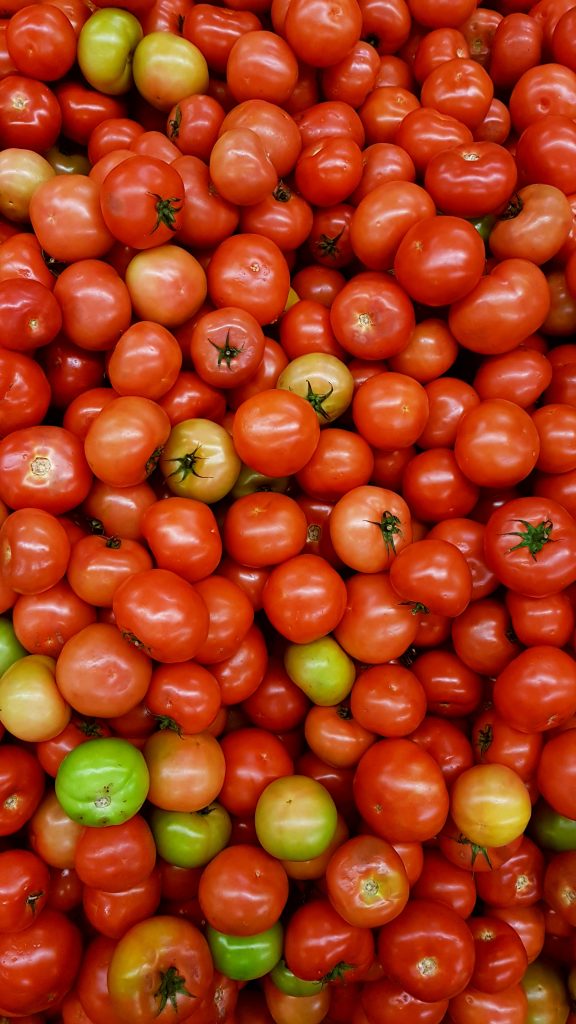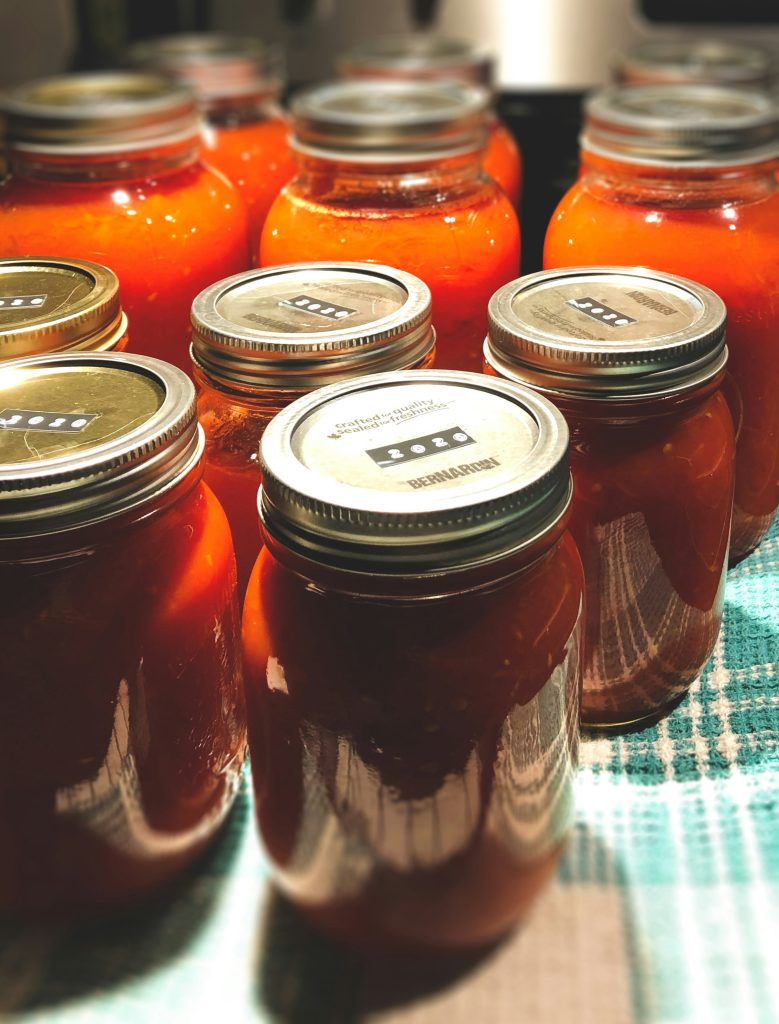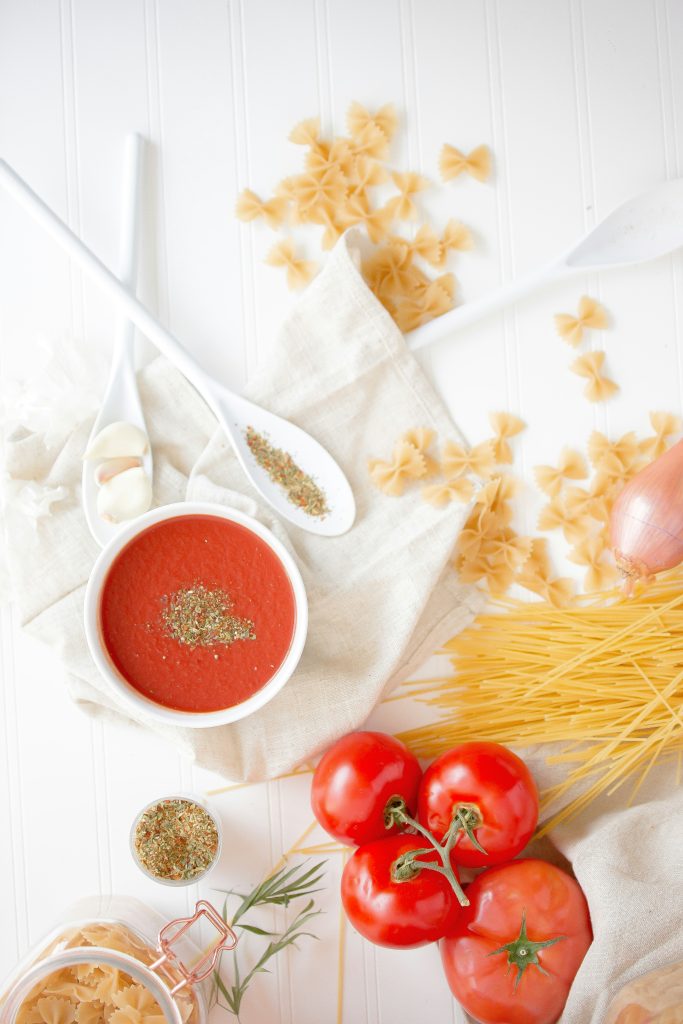Rhubarb Crisp with Oatmeal: A Delicious and Versatile Recipe
Rhubarb crisp with oatmeal is a delightful dessert that balances the tartness of rhubarb with a sweet, crumbly topping. This recipe is not only easy to make but also versatile, allowing you to experiment with different fruits and spices to create your perfect dessert. Here’s how to make a classic rhubarb crisp with oatmeal and some ideas on how to tweak the recipe to suit your taste.
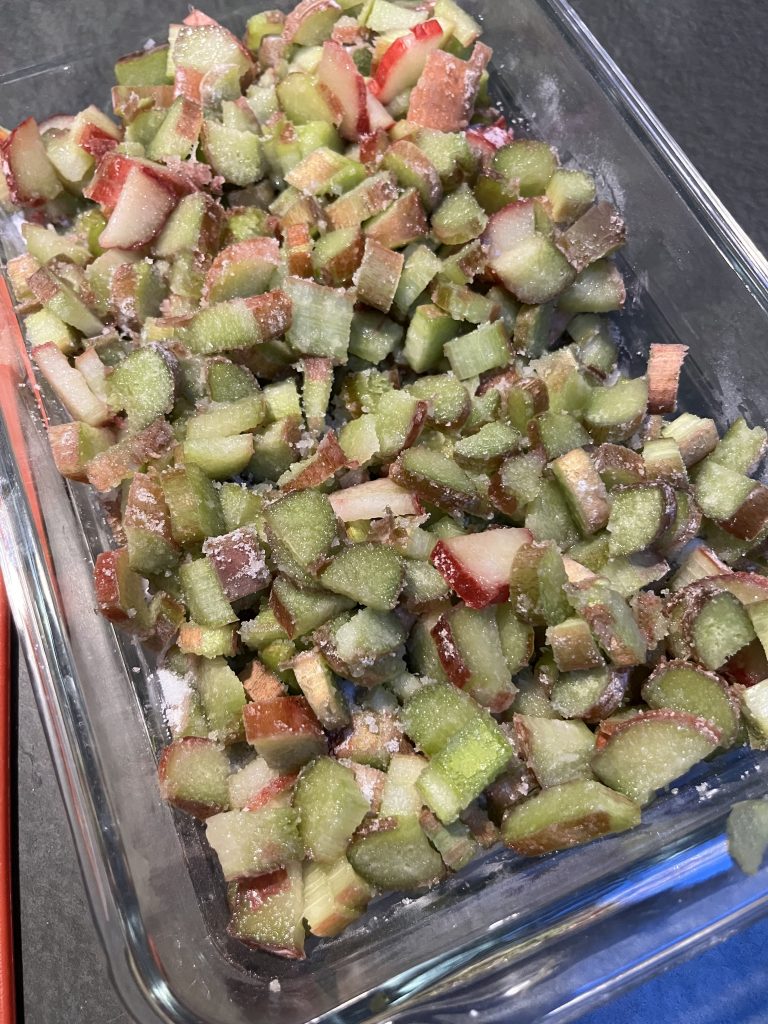
Classic Rhubarb Crisp with Oatmeal Recipe
Ingredients
– 5 cups chopped rhubarb
– 1 cup sugar
– 1 tbsp cornstarch
– 1/4 cup melted coconut oil
– 1/3 cup brown sugar
– 1/2 cup flour
– 1/2 cup quick cooking rolled oats
– Cinnamon to taste
Directions
Preheat the Oven: Set your oven to 350°F (175°C).
- Prepare the Rhubarb Mixture: In a casserole dish, mix the chopped rhubarb with 3/4 cup of sugar and the cornstarch. Ensure the rhubarb is evenly coated.
- Make the Crumble Topping: In a separate bowl, combine the melted coconut oil, brown sugar, flour, and oats. Mix until the mixture becomes crumbly.
- Assemble the Crisp: Sprinkle the crumble topping evenly over the rhubarb mixture in the casserole dish. Top with a generous sprinkling of cinnamon.
- Bake: Place the dish in the preheated oven and bake for about 45 minutes, or until the topping is golden brown and the rhubarb mixture is bubbly.
- Enjoy the crisp warm, ideally with a scoop of vanilla ice cream, or let it cool to room temperature.
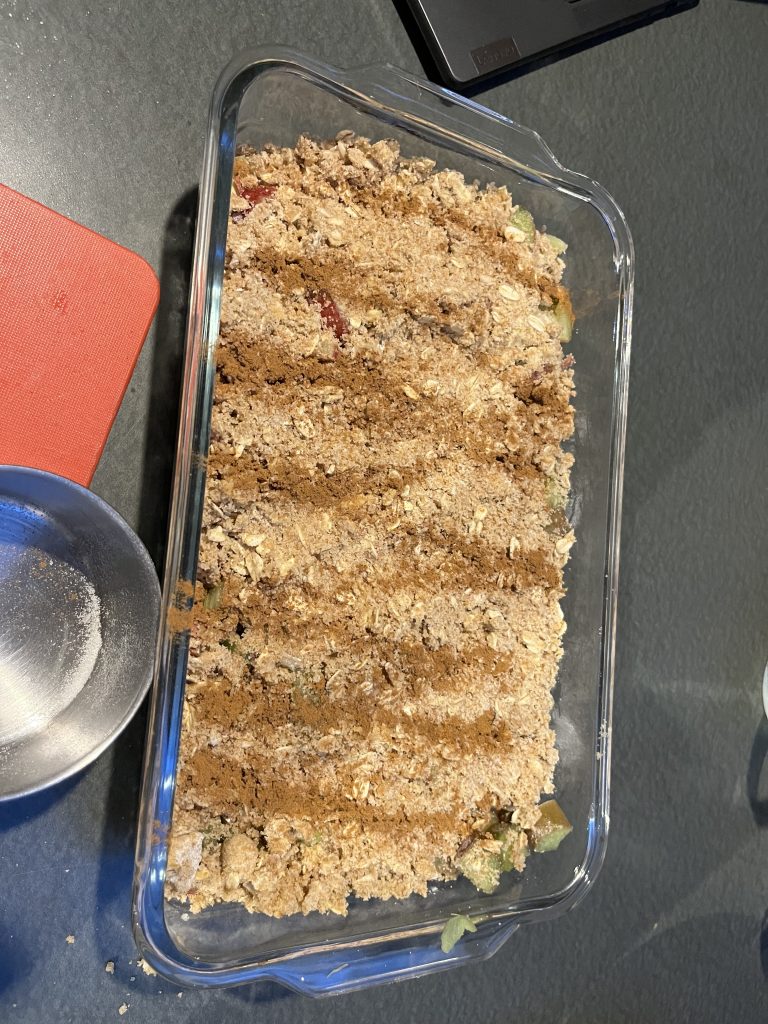
Exploring Flavour Variations
One of the joys of making a fruit crisp is its adaptability. By changing the fruits and spices, you can create a variety of delicious combinations. Here are some ideas to get you started.
Fruit Substitutions and Combinations
Strawberries: Pairing rhubarb with strawberries is a classic combination. The sweetness of the strawberries balances the tartness of the rhubarb perfectly. Use 2.5 cups of strawberries and 2.5 cups of rhubarb for a balanced mix.
Apples: Apples add a lovely sweetness and texture. Combine 3 cups of apples (peeled and chopped) with 2 cups of rhubarb for a delightful mix.
Blueberries: For a berry twist, mix 3 cups of blueberries with 2 cups of rhubarb. The blueberries add a burst of sweetness and color.
Peaches: Peaches bring a summery, juicy sweetness. Combine 3 cups of peeled and sliced peaches with 2 cups of rhubarb.
Spice Variations
Spices can dramatically change the flavor profile of your crisp. Here are some spice ideas to try:
Nutmeg: Adding a pinch of nutmeg to the crumble topping gives a warm, nutty flavor that complements the rhubarb.
Ginger: Fresh or ground ginger adds a spicy kick. A teaspoon of ground ginger mixed with the rhubarb can add a wonderful zing.
Cardamom: This exotic spice pairs beautifully with rhubarb. Add a 1/2 teaspoon of ground cardamom to the crumble topping for a unique twist.
Cloves: A pinch of ground cloves can add a deep, aromatic flavor. Be careful not to overdo it, as cloves can be quite strong.
Enhancing the Crumble Topping
The crumble topping is where you can get creative. Here are some ways to enhance it:
Nuts: Adding chopped nuts like almonds, pecans, or walnuts can add a delightful crunch and flavor. Mix 1/4 cup of your chosen nuts into the crumble mixture.
Coconut: Shredded coconut can add a tropical twist. Mix 1/4 cup of unsweetened shredded coconut into the crumble topping.
Seeds: Adding seeds like chia or flax can give an added nutritional boost. Mix 1-2 tablespoons of seeds into the crumble topping.
Tips for the Perfect Crisp
Choose Fresh Ingredients: The quality of the fruit will greatly impact the final taste of your crisp. Fresh, ripe fruit will yield the best results.
Balance Sweetness and Tartness: Adjust the sugar based on the sweetness of the fruit you’re using. Taste the fruit mixture before adding the crumble topping and adjust the sugar if necessary.
Don’t Overbake: Keep an eye on your crisp while it bakes. You want the topping to be golden and the fruit mixture to be bubbly. Overbaking can lead to a dry topping and mushy fruit.
Serve with Ice Cream: A scoop of vanilla ice cream or a dollop of whipped cream can elevate your rhubarb crisp to a whole new level of deliciousness.
Conclusion
Rhubarb crisp with oatmeal is a versatile and delicious dessert that can be easily adapted to suit your tastes. Whether you stick to the classic rhubarb or experiment with other fruits and spices, this dessert is sure to be a hit. Enjoy the process of creating your unique flavor combinations and share the joy of this comforting, homemade treat with family and friends. Want more rhubarb recipes? Check out our rhubarb loaf recipe!
Rhubarb Crisp With Oatmeal
Difficulty: Easy8
servings15
minutes45
minutesIngredients
5 cups chopped rhubarb
1 cup sugar
1 tbsp cornstarch
1/4 cup melted coconut oil
1/3 cup brown sugar
1/2 cup flour
1/2 cup quick cooking rolled oats
cinnamon to taste
Directions
- Preheat oven to 350 degrees Farenheit
- Mix 3/4 cup sugar and cornstarch and mix with rhubarb in casserole dish
- Add coconut oil, brown sugar, flour, and oats to a bowl. Mix until crumbly.
- Sprinkle mixture evenly over fruit and top with cinnamon.
- Bake 45 mins or until bubbly and toasted.
- Enjoy warm a la mode or let it cool to room temperature first.


